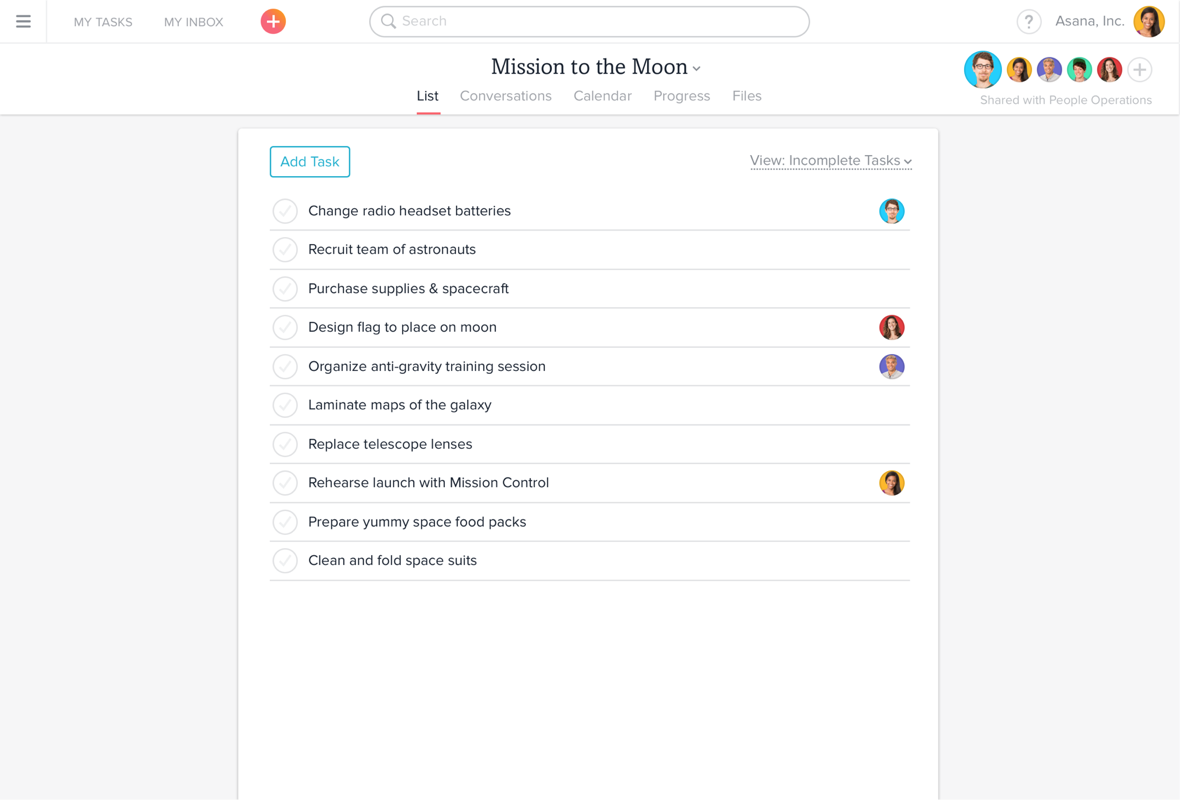There was a time when a company could rely on its product’s carefully-crafted features and functions to coast for a year or more before competitors could catch up. Similarly, a well-designed service could shield a company from competing start-ups looking to nip at its heels.
That isn’t the case anymore. Efficient digitization is driving faster disruptions in the post-pandemic world. Customers are increasingly seeking the immediacy, personalization, and convenience of dealing with user-friendly interfaces in products that truly meet their needs.
Consumerization of enterprise products was the pervasive impact that consumer-originated technologies had on enterprises in 2021. It reflects how enterprises can take advantage of, and will be affected by, new models and technologies that come from the consumer space rather than built for the enterprise sector.
Employees’ desire to have the ‘next gen’ technology experience at work as they do in their personal lives has driven employee-led product decisions. The rise of consumer cloud products, such as Skype, Dropbox, and Spotify, has given employees a benchmark for how they wish to experience cloud-based software. Software they can access from any device, any location, that is available on subscription and can be swapped for other services according to their needs.
What is driving the need for product innovation?

As enterprises compete to deliver superior products and experiences, UX design has become the driving force behind innovation and business success. People’s expectations for intuitive and user-friendly products have continued to increase, making it essential for enterprises to prioritize user-friendly design to stay competitive. User-friendly experiences enhance natural human interactions, making it easier for users to navigate without needing extensive instruction.
Dropbox, for instance, generates more than 90% of its revenue from self-serve channels —users who purchase a subscription through its app or website.
“Our 500 million registered users are our best salespeople. They’ve spread Dropbox to their friends and brought us into their offices. Every year, millions of individual users sign up for Dropbox at work. Bottom-up adoption within organizations has been critical to our success as users increasingly choose their own tools at work. We generate over 90% of our revenue from self-serve channels — users who purchase a subscription through our app or website.”
– Excerpt from the Dropbox S1 release
What is User-Friendly Design?
User-friendly design refers to the process of creating products, interfaces, or systems that are easy to use, efficient, and enjoyable for the target audience. It involves understanding the user’s needs, expectations, and behaviors to design an interface that is intuitive, accessible, and meets their goals. By focusing on user-friendly design, businesses can create positive user experiences that increase user engagement and drive business success. In essence, user-friendly design is about making interactions seamless and satisfying, ensuring that users can achieve their objectives with minimal effort and maximum satisfaction.
Principles of User-Friendly Design
User-friendly design is guided by several key principles that ensure the interface is easy to use, efficient, and enjoyable. These principles include clarity, accessibility, and more, each contributing to a cohesive and intuitive user experience.
Clarity
Clarity is a fundamental principle of user-friendly design. It involves creating an interface that is easy to understand, navigate, and use. A clear interface guides users through interactions, provides meaningful feedback, and helps them complete tasks efficiently. To achieve clarity, designers should use clear and concise language, intuitive navigation patterns, and easily recognizable icons. For example, a well-designed dashboard in a project management tool should clearly label sections and use familiar icons to help users quickly find what they need.
Accessibility
Accessibility is another critical principle of user-friendly design. It involves designing an interface that is usable by a diverse range of users, including those with disabilities or limitations. An accessible interface accommodates different user preferences and abilities, supports alternative input methods, and is compatible with assistive technologies. By incorporating accessibility principles into the design process, designers can create interfaces that are usable by everyone. For instance, adding keyboard navigation and screen reader support ensures that users with visual impairments can effectively interact with the product.
Characteristics of a User-Friendly Interface
A user-friendly interface has several key characteristics that make it easy to use, efficient, and enjoyable. These characteristics include:
- Intuitive navigation: The interface should be easy to navigate, with clear and consistent navigation patterns. Users should be able to find what they need without confusion or frustration.
- Clear and concise language: The language used in the interface should be clear, concise, and easy to understand. Avoiding jargon and using straightforward terms helps users quickly grasp the information.
- Easily recognizable icons: Icons should be easily recognizable and consistent throughout the interface. Familiar icons help users understand their functions at a glance.
- Meaningful feedback: The interface should provide meaningful feedback to users, helping them understand the results of their actions. For example, a confirmation message after submitting a form reassures users that their input was received.
- Customizable settings: The interface should allow users to customize settings to meet their individual needs and preferences. This flexibility enhances user satisfaction by accommodating different workflows and preferences.
- Usability testing: The interface should be tested with real users to identify areas for improvement and ensure it meets user needs. Usability testing helps uncover issues that may not be apparent to designers, leading to a more refined and user-friendly product.
By incorporating these characteristics into the design process, designers can create user-friendly interfaces that meet user needs, increase user engagement, and drive business success.
Designing for success: How UX-led design maximizes product value

“Don’t make me think” is a clarion call in the world of design, coined by Steve Krug. It has served as a guiding principle in the world of UX design and is the foundation for creating accessible and delightful experiences in a straightforward manner.
User experience design is all about creating products that are easy to use, efficient, and enjoyable. It’s about making sure that users have a seamless and satisfying experience when interacting with the product. A user-friendly design enhances user experience by making it easy for users to achieve their goals and perform tasks with ease. It involves simplifying the design, providing clear and concise instructions, and reducing the learning curve.
Asana’s product design team was aiming to maximize clarity in the product without compromising functionality. They worked on redesigning the interface overhead (any UI elements that give information about or help users operate the actual content like toolbars, tabs, status fields, and the search box).

The above page was redesigned with the left navigation collapsable, so as to make it available when required. A new top bar allowed users to create or search for anything in Asana. The “Create” button placed key actions upfront, rather than being buried inside specific containers.

As seen above, the redesigned overhead starts with a screen that looks like a blank piece of paper, ready to be filled with the list of things to do for your project. The containers and visual styling make the product feel more intuitive and easy.
User-friendly design helps users accomplish their tasks with minimal effort, reducing frustration and increasing satisfaction. This, in turn, enhances customer loyalty, as users are more likely to use a product that meets their needs and delivers a seamless experience. Enterprises that prioritize user-friendly design, therefore, can expect to see an increase in customer satisfaction, leading to improved business success.
From frustration to efficiency: The role of UX in transforming productivity

“Each dollar invested in UX returns $10 to $100”.
“Companies investing in UX have outperformed the S&P by 228%”.
Statistics such as these have been around for eons now, and yet there remains considerable hesitation in placing faith in the impact of UX design.
“Everyone intuitively knows how ‘good software’ looks and functions, and they carry those expectations to every system they use. It’s no longer good enough to provide employees with software that gets the job done, but also requires extensive training or workarounds — no matter their role.”
- Christie Lenneville, VP of User Experience at GitLab
Enterprise users are one-of-a-kind people who usually spend 8-10 hours a day working with the company’s business systems. A well-designed interface streamlines the user’s workflow, providing easy access to the features and functions they need. It eliminates unnecessary steps and distractions, allowing users to focus on their work and complete tasks more efficiently. For instance, actions that may take employees 4 to 6 clicks to execute may be done in a single click-and-drag motion or 2 clicks.
Companies that offer a superior employee experience double their innovation output and customer satisfaction, according to a study by MIT Sloan School of Management. They also show 25% greater profitability than bottom-ranked firms.
Businesses that prioritize user-friendly design see a significant increase in employee productivity. User testing plays a crucial role in this process by assessing designs with real users to identify issues and improve usability. Employees will be able to perform their tasks more efficiently, allowing them to take on more work and complete it in less time. This, in turn, can lead to increased revenue, as the enterprise can take on more projects and complete them more quickly.
Innovating with UX design: The key to competitive advantage

“User-centered design means understanding what your users need, how they think, and how they behave – and incorporating that understanding into every aspect of your process.” – Jesse James Garrett, UX Designer and Author
A UX-led approach to product design promotes innovation by encouraging collaboration and feedback from users. A well-designed product should just be easy to use, but also be adaptable enough to meet the user’s evolving needs. Enterprises that prioritize user-friendly design iteratively gather feedback from users, identifying areas for improvement and innovation in a cyclic manner.
According to a survey by UserTesting, “companies that focus on delivering great user experiences have better customer retention rates, higher conversion rates, and lower customer acquisition costs.”
By listening to user feedback, enterprises can identify opportunities for innovation, driving the development of new products and services. UX-led innovation encourages users to engage with the product, providing valuable insights and ideas that can drive innovation and business success.
How UX design shapes the customer’s perception of your brand

How does it feel when using a website that takes more than a minute to load? What if your Amazon purchase requires you to click through 10 stages before you finally checkout?

Now, consider enterprise apps – these are products that support complex, mission-critical functions of a business, like loan approvals in banks, or warehouse logistics. This means that its users have to perform multiple tasks within the system-dictated parameters. It is therefore imperative that enterprise systems be designed to support and empower the users and workflows in every possible capacity.
In today’s highly competitive market, a strong brand reputation is tied to the user experience its product or service provides. 13% of users who encounter a bad experience will tell 15 or more other people about it – a number that can be catastrophic to small- and mid-level businesses (source). User engagement and satisfaction have become key metrics for every enterprise product in today’s world. As the balance has flipped from the business to the users, maintaining a reputable brand now involves focusing on the overall user experience of the product and making it simple, easy, and intuitive.
User understanding is crucial, as it ensures that users can easily engage with the design, leading to improved satisfaction and overall interaction.
B2B user expectations have undergone a massive transformation. To be competitive in the current landscape, it is important for businesses to align their products and services to what users want, rather than expecting them to fall in line with what they can deliver. To build and sell enterprise products to a modern market, embracing a UX-led product strategy is essential.










